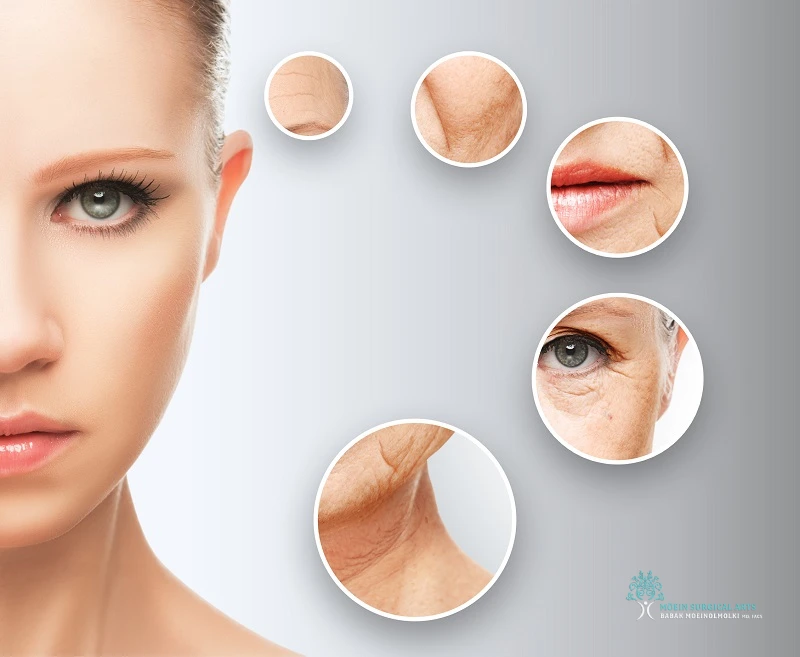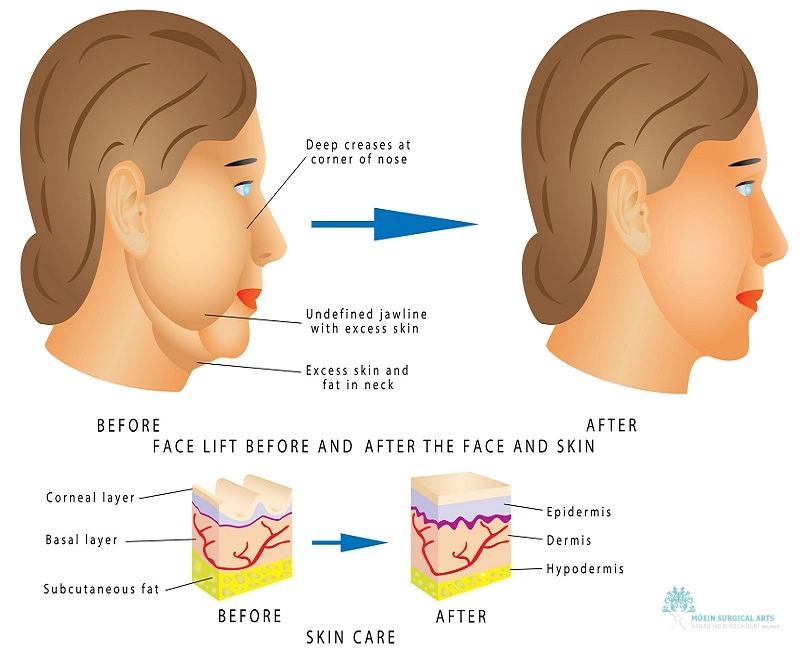
Aging is a natural part of life, but for many, the visible signs, like sagging skin, deep creases, and loss of jawline definition, can impact self-confidence. Fortunately, advancements in cosmetic surgery offer powerful yet subtle solutions. One such option is the mini facelift, an increasingly popular choice for those experiencing the first signs of aging but not yet ready for a full facelift.

A mini facelift is a minimally invasive surgical procedure that addresses sagging in the lower third of the face, particularly the jawline, jowls, and upper neck. Unlike a traditional facelift, which often involves extensive dissection and recovery, the mini facelift uses smaller incisions (usually around the ears) to gently tighten skin and underlying muscles. This technique produces noticeable, natural-looking rejuvenation with fewer risks and quicker recovery.
With today’s busy lifestyles, patients are seeking solutions that provide maximum results with minimal downtime. A mini facelift fits perfectly into this demand. Patients are drawn to:
It’s a great option for individuals in their late 30s to 50s who want to look refreshed without the intensity of a full surgical transformation.
| Feature | Mini Facelift | Full Facelift |
|---|---|---|
| Target Areas | Lower third of the face (jawline, jowls) | Entire face (cheeks, jawline, neck) |
| Incision Size | Smaller incisions around the ears | Longer incisions, often around ears and hairline |
| Anesthesia | Local anesthesia with sedation | Usually general anesthesia |
| Procedure Time | 1 to 2 hours | 2 to 5 hours |
| Recovery Time | 5 to 10 days | 2 to 3 weeks |
| Scarring | Minimal, hidden in natural creases | More extensive, but placed discreetly |
| Longevity of Results | 5 to 7 years | 8 to 10+ years |
| Best Candidates | Patients with mild to moderate aging | Patients with advanced signs of aging |
| Downtime | Shorter | Longer |
| Cost | Lower | Higher |
People who typically seek a mini facelift are in their late 30s to early 50s and are beginning to notice mild to moderate sagging around the jawline and lower face. These individuals often want subtle, natural-looking improvements without the downtime of a full facelift. They’re usually looking for a refreshed appearance rather than dramatic changes and prefer less invasive options with quicker recovery.

Over time, skin loses elasticity, and facial fat shifts downward, resulting in jowls, marionette lines, and a blurry jawline.
Genetics play a big role in how early or dramatically these changes occur. Factors like sun exposure, smoking, and stress can speed up the process.
Fillers and Botox can help to an extent, but when laxity becomes too severe, a mini facelift offers longer-lasting, structural rejuvenation.
A mini facelift is a refined cosmetic procedure designed for patients seeking facial rejuvenation with less downtime. It is usually performed under local anesthesia combined with sedation, which allows the patient to remain comfortable while avoiding the risks and recovery associated with general anesthesia. The procedure typically lasts 2 to 3 hours, depending on the complexity and individual anatomy. During this time, targeted lifting and tightening are performed to refresh the lower face and jawline without the need for more extensive surgical intervention.

To begin the procedure, small, discreet incisions are placed around the natural contours of the ear and sometimes along the temporal hairline. These incision locations are chosen specifically to provide optimal access to the SMAS layer (Superficial Musculoaponeurotic System) while ensuring that visible scarring is minimized. The incisions enable the surgeon to elevate and reposition the underlying tissues, rather than just tightening the skin, which is crucial for achieving natural-looking and longer-lasting results.
The SMAS layer, a fibrous network beneath the skin, plays a crucial role in facial structure and aging. During a mini facelift, this layer is carefully lifted and tightened, providing structural support that enhances facial definition, reduces sagging, and smooths out early jowls. This deep-plane adjustment ensures that results are not only subtle and natural, but also durable, often lasting 5 to 7 years or more, depending on skin quality and lifestyle factors.
One of the significant benefits of a mini facelift is the minimal and well-concealed scarring. The incisions are placed in natural creases, such as the fold in front of and behind the ear, and within the hairline, making them nearly invisible once healed. Furthermore, because the procedure involves less skin removal and reduced trauma to surrounding tissues, patients typically experience faster healing and less noticeable scars compared to traditional facelift techniques. Over time, most patients report that the scars fade to the point of being virtually undetectable.
One of the most appealing advantages of a mini facelift is the reduced downtime. Most patients are able to return to work, social events, and light physical activity within 7 to 10 days. This shorter recovery window is due to the less invasive nature of the procedure, which involves smaller incisions and limited tissue disruption. Postoperative swelling and bruising are typically milder than with a full facelift, making the mini facelift an ideal option for individuals with busy lifestyles who want noticeable improvement without an extended healing period.
Rather than dramatically altering your appearance, a mini facelift is designed to restore a youthful version of your natural self. By focusing on the lower third of the face, particularly the jawline and early jowling, it provides a gentle lift that smooths the skin and improves definition. The results are refined and discreet, avoiding the “overdone” or pulled-tight appearance that can sometimes occur with more aggressive procedures. This makes the mini facelift a popular choice for patients who desire age-appropriate rejuvenation without appearing as though they’ve undergone surgery.
Because the mini facelift is a more conservative procedure compared to a full facelift, the risk of surgical complications is significantly lower. With reduced operating time, smaller incisions, and minimal tissue manipulation, there is a decreased likelihood of infection, hematoma, nerve injury, or excessive scarring. The use of local anesthesia with sedation also eliminates the risks associated with general anesthesia, further improving safety and patient comfort.

For those looking to achieve more comprehensive facial rejuvenation, a mini facelift can be safely and effectively combined with other cosmetic procedures. Common adjunctive treatments include:
These combination treatments allow for personalized results tailored to the patient’s unique aging pattern and aesthetic goals, often performed in a single surgical session for added convenience.
Most patients report only mild pain, easily managed with oral medications. Bruising and swelling typically peak around day 3.
Light office work can resume in about a week. Avoid intense exercise or heavy lifting for 2-3 weeks.
Dr. Moein is board-certified in both cosmetic and general surgery, offering a unique skill set for safety and aesthetics.
He balances precision with an artistic approach, ensuring your results look natural, not overdone.
Every mini facelift is tailored to your unique facial anatomy and goals.
Dr. Moein’s patients consistently report increased confidence and satisfaction. See transformations on the before-and-after gallery.
Ready to refresh your look?
Dr. Moein will evaluate your facial structure, listen to your goals, and recommend a customized plan.
Flexible financing is available. Our team will guide you through what to expect during recovery.
📞 Call us at (310) 455-8020
📄 Request Your Consultation Online
Let Dr. Moein help you look as young as you feel, naturally and beautifully.